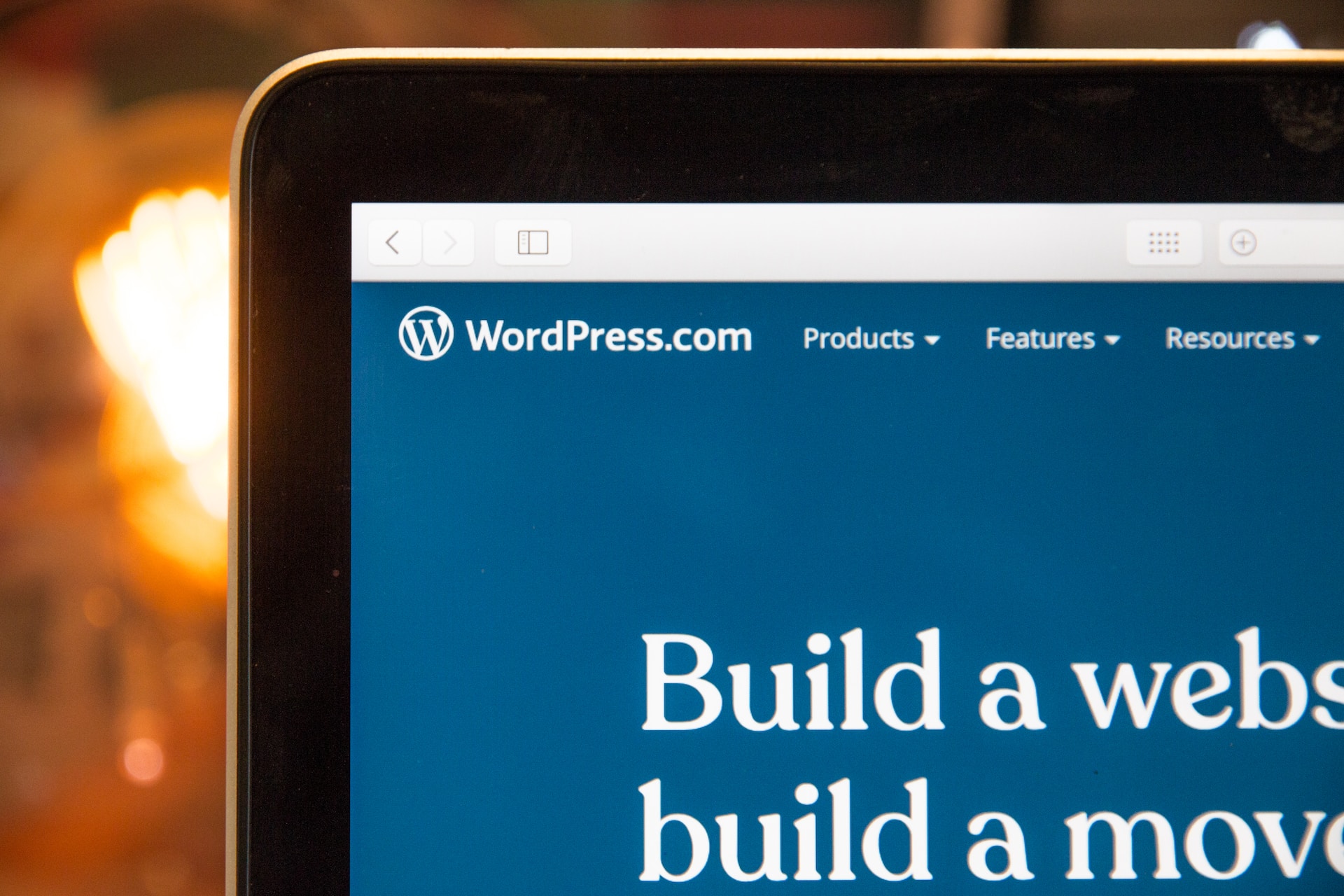Webflow to WordPress services help businesses seamlessly migrate their websites from Webflow to the WordPress platform. With expert assistance, businesses can ensure a smooth transition and take advantage of the extensive features and flexibility offered by WordPress.
This article explores the benefits of Webflow to WordPress migration, the steps involved, and why businesses should consider making the switch. Whether you’re a small business owner or a web developer, understanding the process and advantages of Webflow to WordPress migration can help you make informed decisions for your website.
Let’s dive into the details and explore the world of Webflow to WordPress migrations.
Explore The Benefits Of Migrating From Webflow To WordPress
Explore the Benefits of Migrating from Webflow to WordPress
Migrating your website from Webflow to WordPress can bring a multitude of benefits, enhancing functionality and customizability. With WordPress, you gain access to a wide range of plugins and themes, providing endless possibilities for expanding your website’s capabilities. Whether you need e-commerce functionality, advanced SEO tools, or social media integration, WordPress offers a solution.
Moreover, the seamless integration with existing WordPress websites makes the transition incredibly smooth. You can easily import your content, preserving your hard work and minimizing disruption. Once migrated, WordPress empowers you to further enhance your website’s design and features, using its intuitive interface and robust ecosystem.
In summary, migrating from Webflow to WordPress opens up a world of opportunities, allowing you to take your website to new heights, and providing you with the tools to meet your evolving needs with ease.
Key Considerations Before Migrating
Before migrating your website from Webflow to WordPress, there are a few key considerations you should keep in mind. Assessing the complexity and size of your website is crucial to determine the scope of the migration. Take into account the number of pages, the level of customization, and any integrations or complex functionalities.
Creating a comprehensive backup of your Webflow site is essential to preserve your data and design. This ensures that you have a safety net in case anything goes wrong during the migration process.
Familiarizing yourself with the WordPress interface and features is important to seamlessly navigate the platform. WordPress offers a wide range of themes, plugins, and customization options, so taking the time to understand how to utilize these tools will enable you to recreate or enhance your Webflow site in WordPress.
Step-by-step Guide To Migrating Your Webflow Website
Exporting your pages, blog posts, and media files from Webflow is the first step in migrating your website to WordPress. You can easily export your content by following the instructions provided by Webflow. Once you have exported your content, you can move on to the next step of the migration process.
Utilizing the Webflow API for a smoother migration process:
For a more streamlined migration process, you can take advantage of the Webflow API. The API allows you to automate the export and import process, making it faster and more efficient. By utilizing the Webflow API, you can ensure that your content is transferred accurately and without any errors.
Before you can import your Webflow content to WordPress, you need to have a fresh installation of WordPress. You can download the latest version of WordPress from the official website and install it on your server. Make sure to configure the necessary settings and create a secure admin account.
Choosing a suitable hosting provider and domain name:
When migrating your website from Webflow to WordPress, it’s important to choose a suitable hosting provider and a domain name. Look for a hosting provider that offers reliable performance, good customer support, and easy WordPress integration. Choose a domain name that reflects your brand and is easy to remember.
After selecting a hosting provider and domain name, you need to install and configure WordPress on your server. Most hosting providers offer a one-click WordPress installation option, which makes the process quick and straightforward. Follow the installation instructions provided by your hosting provider and configure the necessary settings.
Once you have successfully installed WordPress, you can import your exported content from Webflow. WordPress provides an import function that allows you to upload your exported content file and import it into your WordPress site. Make sure to review and map your Webflow content to the appropriate WordPress elements during the import process.
With your content imported, you can now focus on designing and customizing your new WordPress website. You can either choose a WordPress theme or create a custom design. Customize the layout, colors, and typography to match your brand. This is also a good time to add essential functionality to your website using WordPress plugins.
As you migrate from Webflow to WordPress, take the opportunity to enhance your website’s performance and user experience. Explore popular WordPress plugins for SEO, analytics, and security to optimize your website. Consider implementing strategies to improve your website’s speed and ensure a smooth browsing experience for your visitors.
After completing the migration process, it’s important to test your new WordPress website and resolve any compatibility issues or broken links that may arise. Make sure to set up redirects from your Webflow site to the new WordPress URLs to avoid any disruptions to your website’s traffic. Additionally, review the post-migration steps provided by Webflow and WordPress to ensure a seamless transition.
Best Practices For Optimizing Your Migrated WordPress Website
In order to optimize your migrated WordPress website for improved search engine visibility, there are several best practices you should follow.
- Utilize SEO-friendly URLs that include relevant keywords to make it easier for search engines to understand the content of your pages.
- Create compelling meta tags, including meta titles and meta descriptions, that accurately describe the content of each page and include appropriate keywords.
- Optimize your website’s page load speed and ensure that it is mobile responsive to provide a seamless user experience, as these are important ranking factors for search engines.
- Implement a robust security strategy by regularly updating WordPress and its plugins to patch any vulnerabilities that could be exploited by hackers.
- Enforce strong passwords for all user accounts and consider using security plugins to further enhance website security.
- Maximize website performance and user experience by implementing caching techniques and optimizing image sizes to reduce page load times.
- Consider implementing a content delivery network (CDN) to ensure faster delivery of your website’s content to users around the world.
By following these best practices, you can optimize your migrated WordPress website for improved search engine visibility and ultimately drive more organic traffic to your site.
Inspiring Examples Of Successful Webflow To WordPress Migrations
Migrating from Webflow to WordPress can prove to be a game-changer for your online presence. As showcased by various successful brands and businesses, the benefits and improvements achieved through this migration process are significant. These examples serve as a testament to the seamless transition from Webflow to WordPress, highlighting the enhanced functionality and flexibility of the latter platform. The case studies and testimonials provided by satisfied customers further contribute to the credibility of WordPress as a superior choice.

Credit: www.postdigitalist.xyz
Frequently Asked Questions Of Webflow To WordPress
Can I Transfer Webflow To WordPress?
Yes, you can transfer your website from Webflow to WordPress.
Can You Integrate Webflow With WordPress?
Yes, you can integrate Webflow with WordPress.
How Do I Import A Webflow Template Into WordPress?
To import a Webflow template into WordPress, follow these steps: 1. Export your Webflow template as HTML/CSS files. 2. Install the “All-in-One WP Migration” plugin on your WordPress site. 3. Go to the plugin’s import feature and upload the Webflow template files.
4. Select “Import” and wait for the process to complete. 5. Activate the imported template and customize it as desired.
Can I Easily Migrate My Website From Webflow To WordPress?
Yes, you can. By exporting your Webflow site as HTML/CSS files and importing them into WordPress, you can seamlessly migrate your website.
Conclusion
To sum up, transitioning from Webflow to WordPress offers a plethora of benefits for website owners. With the flexibility and customization options WordPress provides, you can take your website to the next level. Additionally, the vast array of plugins and themes available allows you to optimize your site’s performance and enhance its functionality.
With Webflow’s easy-to-use interface and WordPress’s powerful features, you can create a visually stunning and fully functional website that attracts and engages visitors. Make the switch today and unlock the full potential of your online presence.
